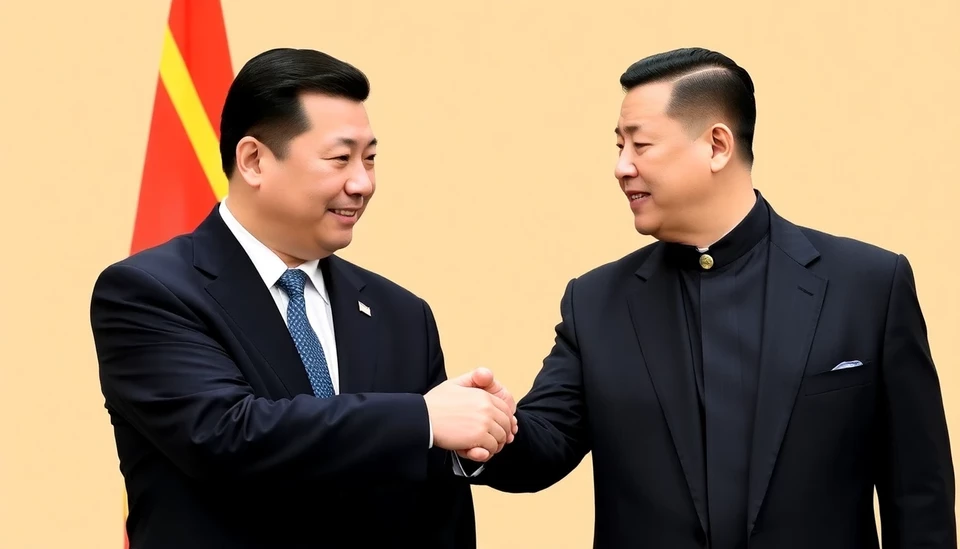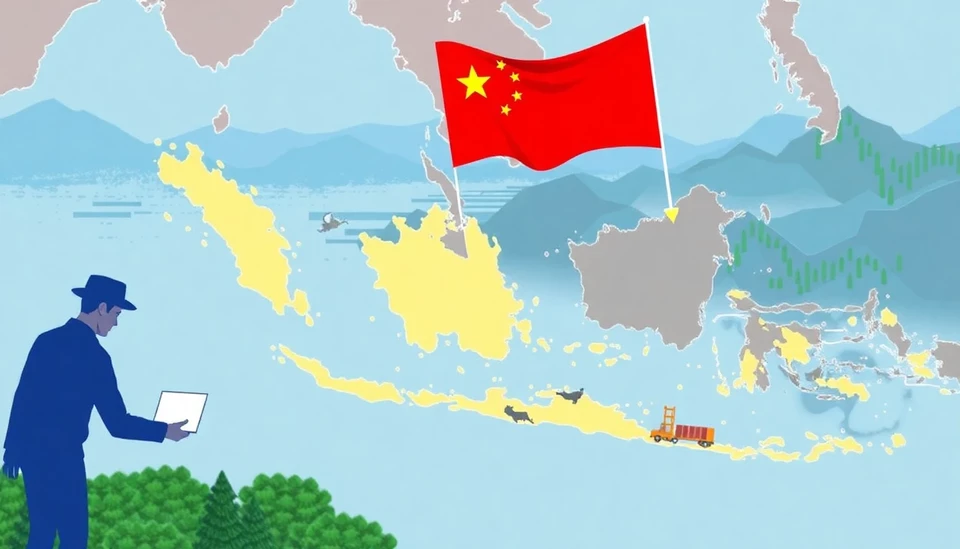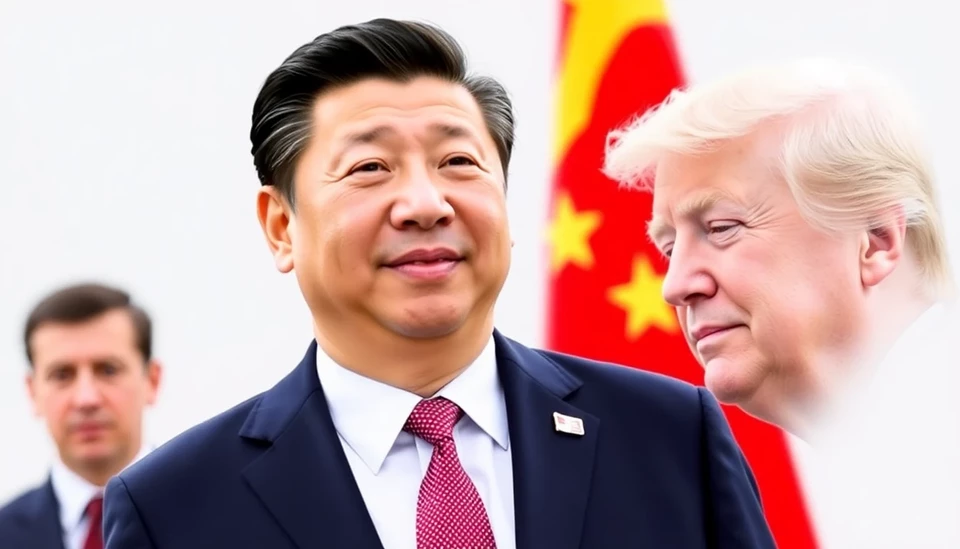
In a notable trend for the energy sector, China's liquefied natural gas (LNG) imports are set to experience an extended slump throughout April 2025, reflecting a significant slowdown in domestic demand. This downturn is influenced by a combination of factors including escalating global prices, competition from alternative energy sources, and lackluster industrial activity within the country.
Recent statistics indicate that China's import levels for LNG are expected to remain notably low, marking a stark contrast to previous years where demand surged drastically. The National Energy Administration's projections highlight that April’s imports might fall short of 5 million metric tons, an unprecedented dip that underscores the struggles facing the energy market amid shifting economic conditions.
The contraction in demand is primarily attributed to China's economic adjustments as the country navigates post-pandemic recovery. The manufacturing sector has seen lesser activity than anticipated, leading to a decreased need for energy resources. Companies are reporting reduced consumption rates, a trend expected to strengthen as industries remain cautious in the face of rising operational costs and uncertainties in global markets.
Moreover, heightened competition from renewable energy sources poses another challenge for LNG imports. The ongoing push towards greener technologies and the Chinese government's commitment to reducing carbon emissions has led to increased investments in solar, wind, and other sustainable energy alternatives. These developments have further dented the demand from LNG as both private and state-owned enterprises begin to pivot towards cleaner energy solutions.
Added to the equation is the volatility of the global LNG market, where prices have surged due to geopolitical tensions and production constraints in other natural gas-producing nations. As a result, Chinese importers are facing pressure, with many opting to limit purchases in favor of maintaining tighter budgets, thereby limiting the volume of LNG initiated in April.
Industry analysts are closely monitoring the situation, suggesting that unless there is a robust uplift in industrial activity or a notable decline in LNG prices, this trend of reduced imports could persist in the upcoming months. The implications of these changes are far-reaching, affecting not only China’s energy landscape but also global LNG trade dynamics.
In conclusion, as China confronts economic adjustments and evolving energy demands, stakeholders in the LNG market will need to remain agile, adapting strategies to navigate the shifting tides. Addressing these new realities will be crucial for ensuring a stable energy future in the region.
#China #LNG #EnergyMarket #NaturalGas #RenewableEnergy #EconomicTrends
Author: John Harris




